As Brand pages gain more popularity, these types of pages are being released throughout many different social media platforms. These brand pages are used to help increase brand awareness for businesses that are actively involved with social campaigns. Two of the most popular social media platforms, Facebook and Twitter, have launched, and refined, their new brand pages over the course of 2012. Linkedin has also recently updated their company page as well with a look and feel much like Facebook.
Facebook has created its timeline feature which tracks the history of your company, prominently displays photos – especially with the addition of an over-sized cover image – and overall has given the page a fresh new look. Twitter has also rolled out brand pages. They initially experimented with brand pages for larger companies like Coca-Cola, Dell and America Express and have been gradually releasing these brand pages to the masses.
So, what does a brand page mean for your business and how can they help you with your social media efforts?
While many users initially disliked the Facebook timeline brand pages – these pages now offer brands a more visually appealing look that replaces the older, static design. Part of the new design is the addition of a large cover image. This image makes your brand page feel more like a website then a social media platform. While the cover image does have some restrictions such as no promotional, price or purchase information, contact information or calls to action – the cover image does allow brand to creatively show their personality.
Source: simplyzesty.com via Julien on Pinterest
Many brands feature images of people or customers on their cover image so that their followers can feel a closer connection with the brand – some even run contests so that one of their lucky fans can be featured on the cover image. It is important for the cover image, as well as the profile image, to be correct size and shape {cover image: 851 pixels wide and 315 pixels tall; profile image: 160 x 160 pixels}. Often times brands will have their logo cropped to not fully display within their profile image, simply because they did not take the time to resize. The cover and profile image are the first thing that fans/followers see when they open up you’re page so make sure it accurately represents the message you want to display to the public – is the message you want to send a half cut off logo? I don’t think so.
Your brand page also allows the users experience to be more personal. On the right hand side of the page you are now able to see how many of your friends like the brand and what they are saying about it. A brand is also able to express their story through the timeline history – both good and bad. Companies who have a long history can share photos, advertisements, good experiences – and even bad experiences – through these timelines throughout the years. Have you marked off the important milestones in your brands history?
Facebook has also made it easier, through the use of apps, to connect with other social media platforms that your brand may have. For example, Elements has their Twitter page, Pinterest page and blog feed all displayed within our Facebook toolbar. This allows for our fans/followers to click through to our various other social media platforms while still staying on our Facebook page.
Twitter is still… {Stay Tuned for Part 2!}
~Allyson






